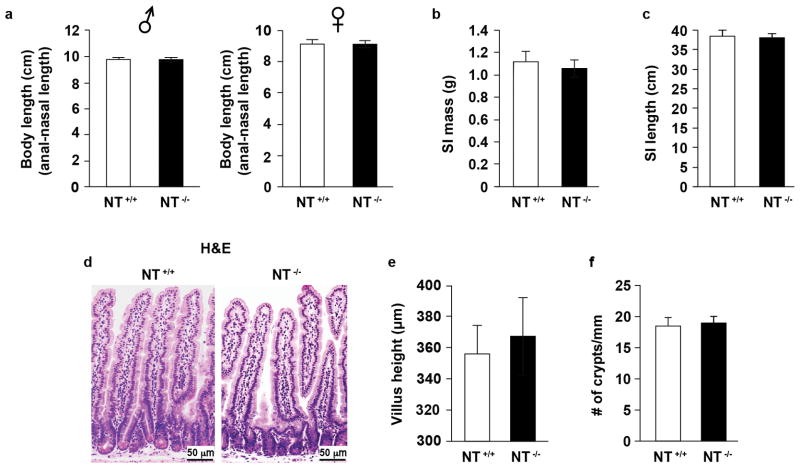Extended Data Fig. 1. NT deficiency does not affect body length or small intestine morphology.
a. Body length did not differ significantly between genotypes for either male (NT+/+ n=13, NT−/− n=12) or female (NT+/+ n=12, NT−/− n=12) mice. b–f. The average weight (b) and length (c) of the small intestine was similar between the genotypes (n=7). Proximal intestinal samples were H&E stained (d, bar=50 μm); villus height (e, n=6) and crypt numbers (f, n=6) have no significant differences between genotypes. Mice (7-mo-old) for all experiments were maintained on standard chow. All data are mean ± SD. Two-sided, Student’s t-test for all figures.

